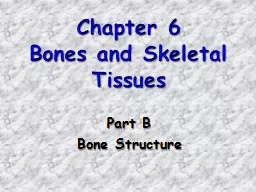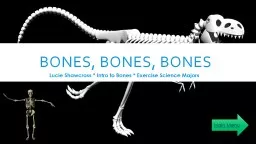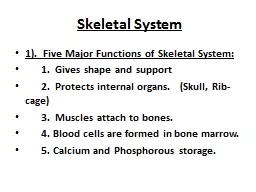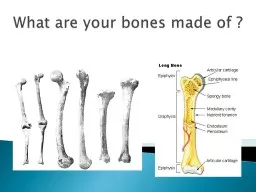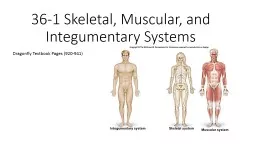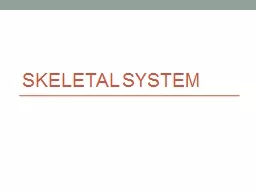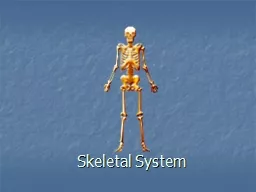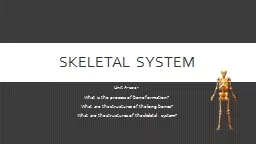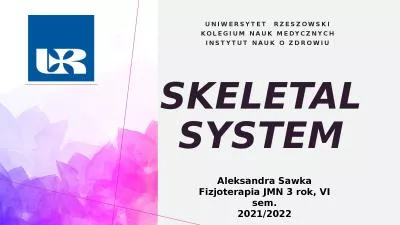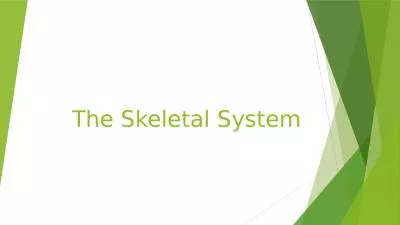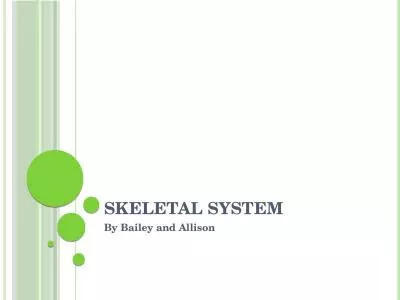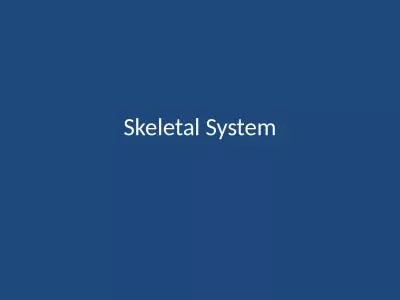PPT-Chapter 6 Bones and Skeletal Tissues
Author : mitsue-stanley | Published Date : 2018-10-25
Part B Bone Structure Bones Bones are organs Contains various types of tissues Osseous tissue dominates Nervous tissue Cartilage Fibrous connective tissue lining
Presentation Embed Code
Download Presentation
Download Presentation The PPT/PDF document "Chapter 6 Bones and Skeletal Tissues" is the property of its rightful owner. Permission is granted to download and print the materials on this website for personal, non-commercial use only, and to display it on your personal computer provided you do not modify the materials and that you retain all copyright notices contained in the materials. By downloading content from our website, you accept the terms of this agreement.
Chapter 6 Bones and Skeletal Tissues: Transcript
Download Rules Of Document
"Chapter 6 Bones and Skeletal Tissues"The content belongs to its owner. You may download and print it for personal use, without modification, and keep all copyright notices. By downloading, you agree to these terms.
Related Documents

